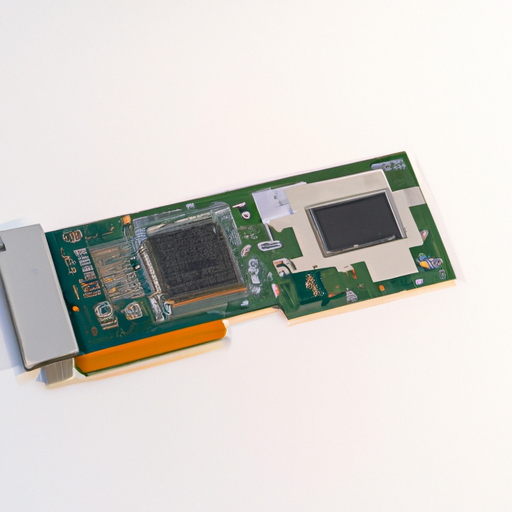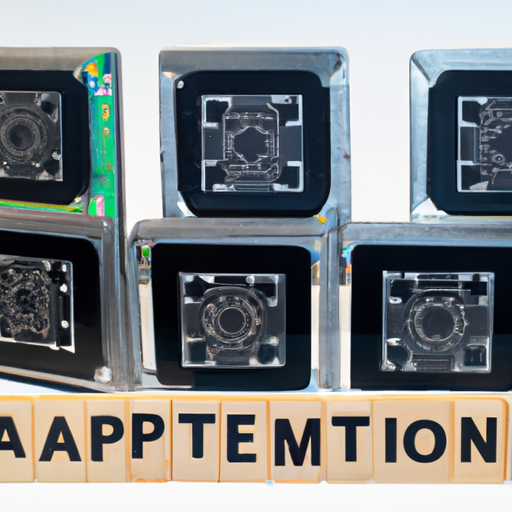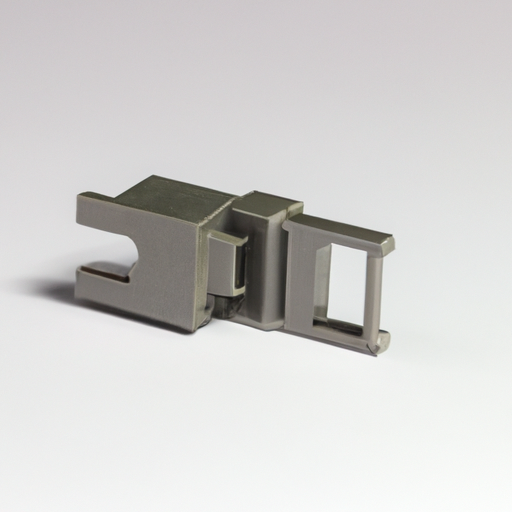1N4003-T Analog to Digital Converters (ADC) highlighting the core functional technology articles and application development cases of Analog to Digital Converters (ADC) that are effective.
Overview of Analog to Digital Converters (ADC)
| 1. Sampling | The ADC samples the analog signal at discrete intervals. The sampling rate must be high enough to capture the essential characteristics of the signal, following the Nyquist theorem, which states that the sampling frequency must be at least twice the highest frequency present in the signal. |
2. Quantization: After sampling, the ADC quantizes the sampled values into discrete levels. This process involves mapping the continuous range of the analog signal to a finite number of levels, which introduces quantization error.
3. Encoding: The quantized values are then encoded into a binary format, which can be processed by digital systems. The resolution of the ADC (e.g., 8-bit, 10-bit, 12-bit, etc.) determines how many discrete levels are available, impacting the fidelity of the digital representation.
4. Output: The final output is a digital representation of the analog input, which can be used in various digital applications, enabling further processing, storage, or transmission.
Types of ADCs - **Successive Approximation ADC**: This type uses a binary search algorithm to converge on the input voltage, offering a good balance between speed and resolution, making it suitable for many applications.
- Sigma-Delta ADC: Known for high resolution and accuracy, this type oversamples the input signal and uses noise shaping to achieve high fidelity, often used in audio applications.
- Flash ADC: Extremely fast, this type uses a bank of comparators to convert the input signal to digital in a single step. However, it is typically limited to lower resolutions due to its complexity and cost.
- Pipeline ADC: Combines speed and resolution by breaking the conversion process into stages, making it suitable for high-speed applications like video processing.
Applications of ADCs 1. **Audio Processing**: Converting analog audio signals into digital format for processing, storage, and playback in devices like smartphones, computers, and digital audio workstations.
2. Medical Devices: Used in devices such as ECG machines, digital thermometers, and blood glucose monitors to convert physiological signals into digital data for analysis and monitoring.
3. Industrial Automation: In sensors and control systems, ADCs convert signals from temperature sensors, pressure sensors, and other analog devices into digital signals for monitoring and control in manufacturing processes.
4. Consumer Electronics: Found in cameras, smartphones, and other devices where analog signals (like light or sound) need to be digitized for processing, enhancing user experience and functionality.
5. Telecommunications: Used in modems and other communication devices to convert analog signals into digital data for transmission, enabling efficient data communication over various media.
Development Cases 1. **Smart Home Devices**: ADCs are integral in smart home applications, such as smart thermostats that read temperature sensors and convert the analog signal to digital for processing and control, allowing for energy efficiency and user comfort.
2. Wearable Health Monitors: Devices like fitness trackers and smartwatches use ADCs to convert signals from heart rate monitors, accelerometers, and other sensors into digital data for analysis and feedback, promoting health and fitness tracking.
3. Automotive Applications: Modern vehicles use ADCs for various functions, including converting signals from sensors for engine management, safety systems (like airbags), and infotainment systems, enhancing vehicle performance and safety.
4. Robotics: ADCs are used in robotic systems to process signals from various sensors (like LIDAR, cameras, and ultrasonic sensors), enabling real-time decision-making and control, which is crucial for autonomous navigation and operation.
5. IoT Devices: In the Internet of Things (IoT), ADCs play a vital role in converting sensor data (like humidity, temperature, and motion) into digital signals that can be transmitted over networks for remote monitoring and control.







